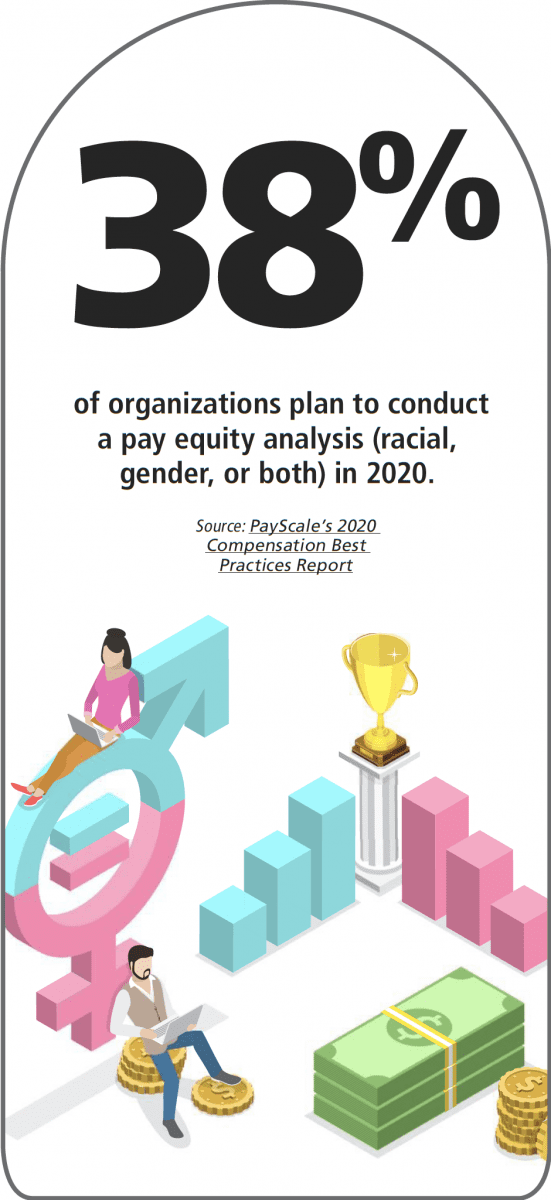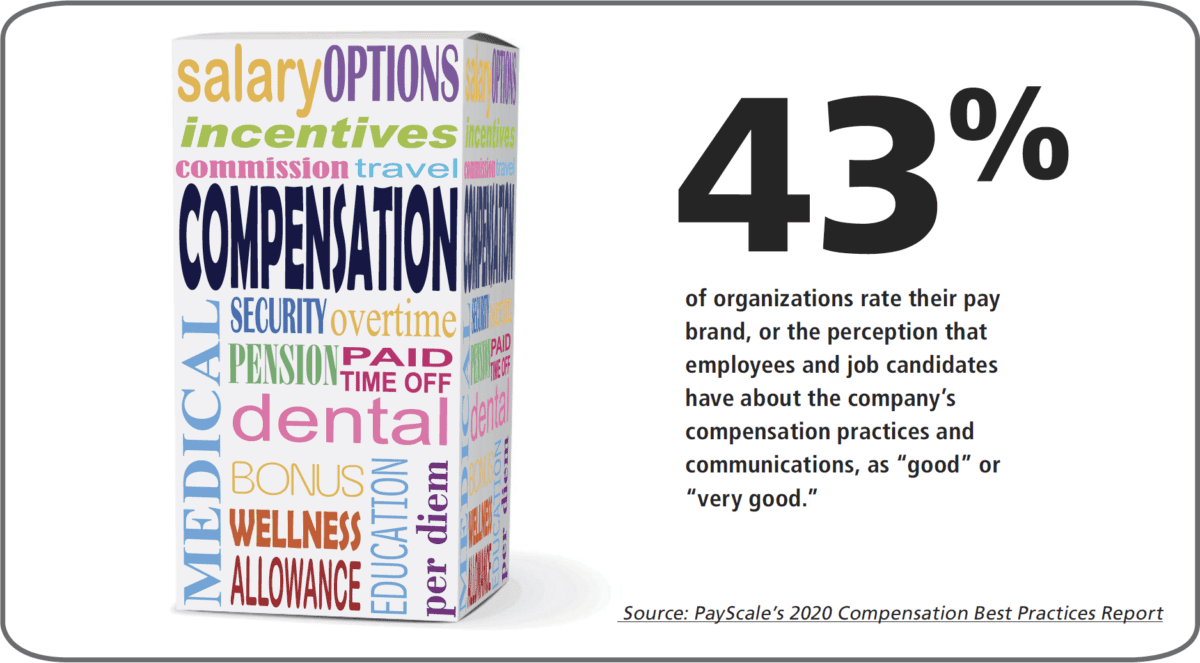Reducing the gender pay gap remains an important business consideration, but organizations should watch out for red flags and red herrings when conducting their analyses.
By Allison Hoeinghaus
Recent headlines have been filled with issues related to pay equity, both in the U.S. and abroad. Many companies pay their employees without regard to gender, but issues at a small number of high-profile companies have cast scrutiny on this matter. Companies have begun to realize the steep yet oftentimes hidden costs of unequal pay.
- Legal ramifications. At an increasing rate, states and countries, including California, New York, the UK, and France, have begun to enact equitable pay legislation aimed at combating the gender pay gap. Employees have also taken matters into their own hands and filed class action lawsuits against their employers, including several Fortune 100 companies and top law firms.
- Recruiting costs. Women comprise over half of the workforce and hold the majority of undergraduate and graduate degrees in the U.S., representing a rich and qualified resource for employers. In a tight labor market, companies need to attract and retain women for the success of their business, which is challenging if pay differences exist.
- Investor outcry. Investors now recognize how damaging gender pay discrepancies can be for acompany’s reputation and bottom line. Researchshows that diverse teams perform better and diverse companies have higher total shareholder returns than their counterparts, so the business case to correct any disparities is strong.
Taking Action
While many companies are appropriately paying their employees, there is no way to ensure equitable pay without a thorough and objective analysis. Below is a high level action plan to evaluate whether pay inequities exist.
Conduct initial diagnostics. Start with a diagnostic of payroll data to determine any irregularities between gender and/or race. It is crucial to involve legal counsel, ideally both internal and external, to preserve any attorney-client privilege and shield the results from litigation if word gets out within the organization that an issue exists.
- Dive deeper into the data. If potential issues are identified, take a deeper look at those data points to determine if there is a reasonable explanation. Often, tenure, education, or performance ratings justify differences in pay levels.
- Take corrective action. If legitimate discrepancies exist, evaluate the various ways to correct the issue while mitigating potential legal and financial exposure. Although the automatic reaction may be to hastily throw money at the problem or completely ignore it, both responses could backfire, so it is critical to be strategic and thorough in any corrective actions.
Common Pitfalls
This action plan is obviously simple on its surface, but the devil is in the details when conducting these types of analyses. Common fact patterns can sometimes signal a pay equity issue where none exists, resulting in a red herring, or a failure to raise a red flag when a real pay equity issue is present. Below are just a few examples of situations that can contribute to complexity in pay equity analyses.
Red Herrings
- Low sample sizes. Sometimes, a low number of women in the department, level, or even the whole organization can contribute to misleading statistics. However, this red herring likely points to a bigger problem indicating that either too few women are recruited in the first place or too few receive the same promotion opportunities as their male counterparts once hired.
- Location. Geographical differences can add noise to the analysis, especially when analyzing compensation data by level or department. For example, a red flag may mistakenly be raised when a male accountant working in New York City makes more than a comparable female accountant working in Omaha due to the cost of living differential.
- New hire awards. Sometimes, new hires leave money on the table at their prior employer and are offered “make whole” bonuses or equity grants as motivation to join a new company. If not factored into the analysis, these one-time awards may cause it to look like a male is receiving more compensation than his female counterpart. However, caution is warranted because special circumstances are fertile ground for unintentional bias and may actually perpetuate pay equity issues from one organization to another.
Commonly Missed Red Flags
- Bias clustering. Biases may be clustered in isolated regions or departments, so if analyses do not drill down into the organization, actual issues may go undetected.
- Biased performance ratings. As previously mentioned, differences in pay levels may be attributed to the performance ratings of the individual employees. However, this control variable may be biased in and of itself.
Gender pay equity has become a business issue and is garnering the attention of compensation committees and even full boards. Management teams need to be prepared to answer to their boards on whether an issue exists and how it will be resolved.
Allison Hoeinghaus is a managing director at Alvarez & Marsal.


 Conduct initial diagnostics. Start with a diagnostic
Conduct initial diagnostics. Start with a diagnostic 












